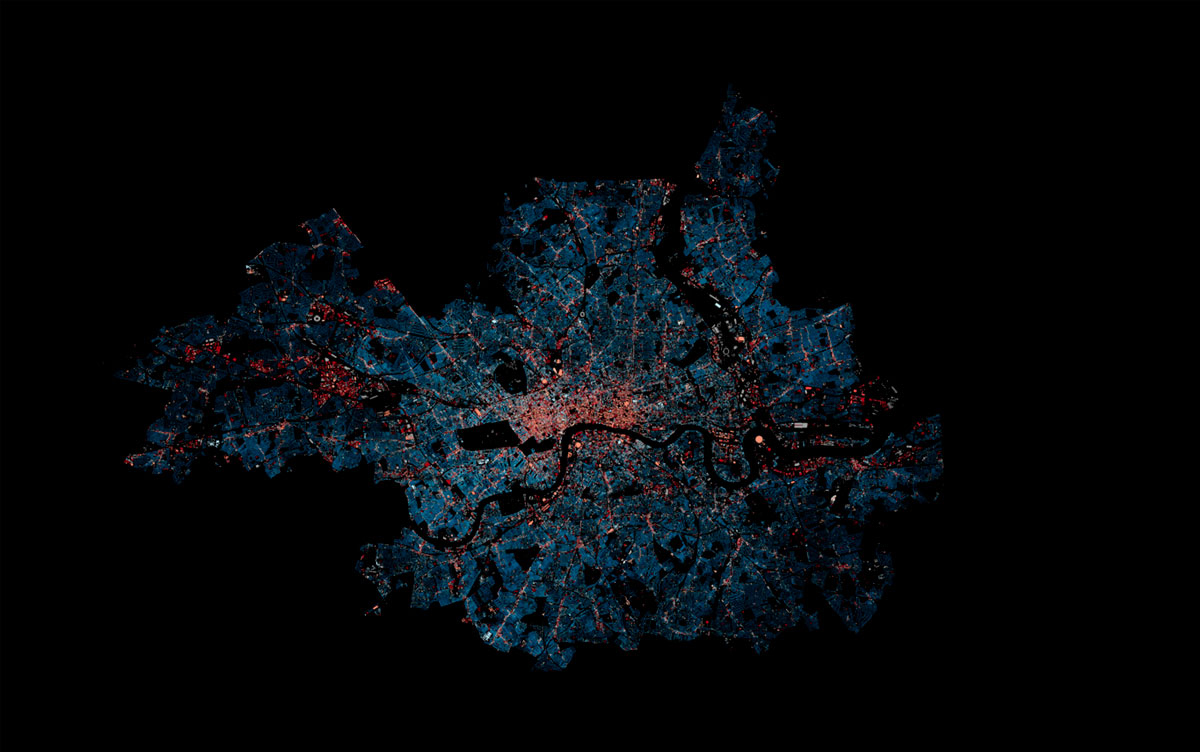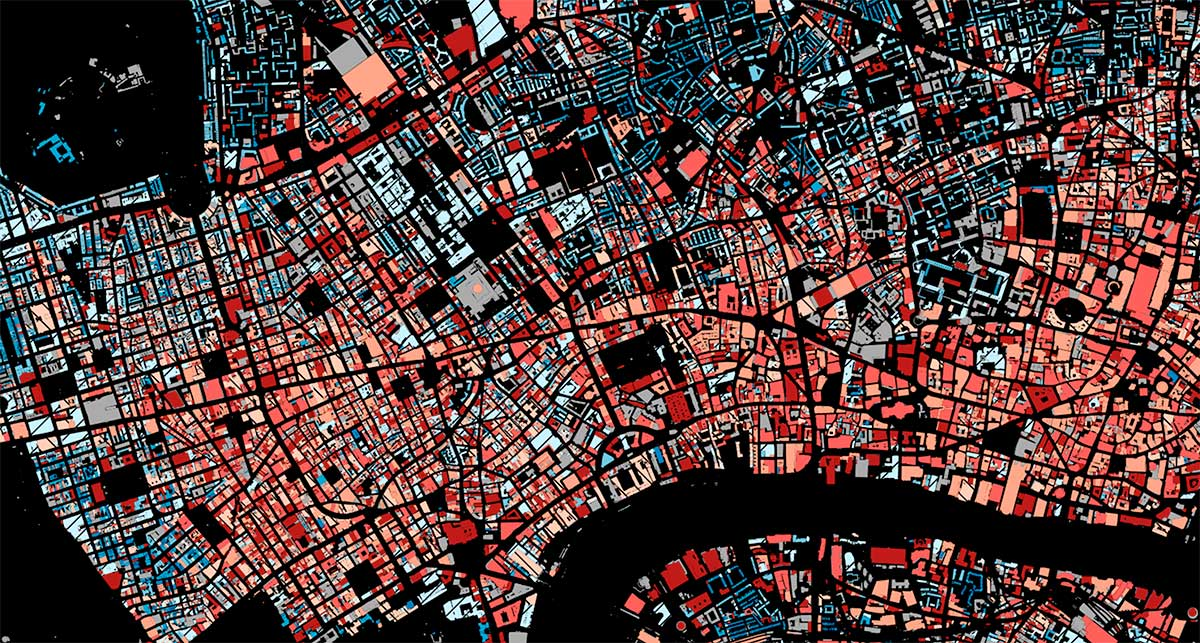By applying epidemiology to energy, Bartlett academics at the Energy Institute are radically changing how energy consumption data is gathered and analysed.

3DStock model of inner London. 3DStock is a method for modelling all buildings in a locality – domestic, non-domestic and mixed-use – in three dimensions and located geographically. Credit: CEE
This challenge was the basis for establishing The Bartlett’s RCUK-funded Centre for Energy Epidemiology (CEE) in 2013. Academics at The Bartlett’s Energy Institute had observed that researchers were reliant on abstract models, even though specific empirical data about people, buildings and energy use was available.
CEE reached out to the government and proposed establishing a body that would bring together all this information in an effort to make the population’s actual energy use and the socio-economic factors shaping it the starting point of any research.
This radical new approach to the field was called energy ‘epidemiology’, after the field of medical research that focuses on the effect of drugs and the spread of disease across populations in the real-world. Transferring this approach from a long-established discipline to a relatively new one, they believed, would make it easier for policy-makers, households and public- and private-sector organisations to tackle problems such as fuel poverty and energy wastage.
Smart data gathering

3DStock model of inner London. 3DStock is a method for modelling all buildings in a locality – domestic, non-domestic and mixed-use – in three dimensions and located geographically. Credit: CEE
Today, the centre has 28 researchers and has generated 24 data sets using more than a million buildings, 40 million vehicles and 86,000 ships. It has developed new research methods to gather more precise and useful data, and it collaborates with organisations, companies, researchers and governments in 20 different countries.
At present, CEE is working with the Greater London Authority on building a model of energy use for every building inside the M25, as well as on a similar project in India. It is also setting up a portal that will gather together data from 10,000 smart-meter households across Britain.
CEE’s findings in the UK include the fact that boiler regulation could save 370 million tonnes of CO2 by 2050 and that UK shipping produces 2.5 times more greenhouse gas emissions than was previously believed. The centre has also warned that CO2 emissions will inevitably have an impact on human cognitive performance by the end of the 21st century and it has observed the health risks of low temperatures in many British households over winter.
Most crucially, the centre is looking to the future of energy research itself, to what it calls the “third age of energy efficiency”. In combining cutting-edge digital technologies such as distributed ledgers, artificial intelligence and the internet of things it hopes to help accelerate our drive towards greater energy efficiency in a world that is in great need of effective solutions.
 Close
Close




